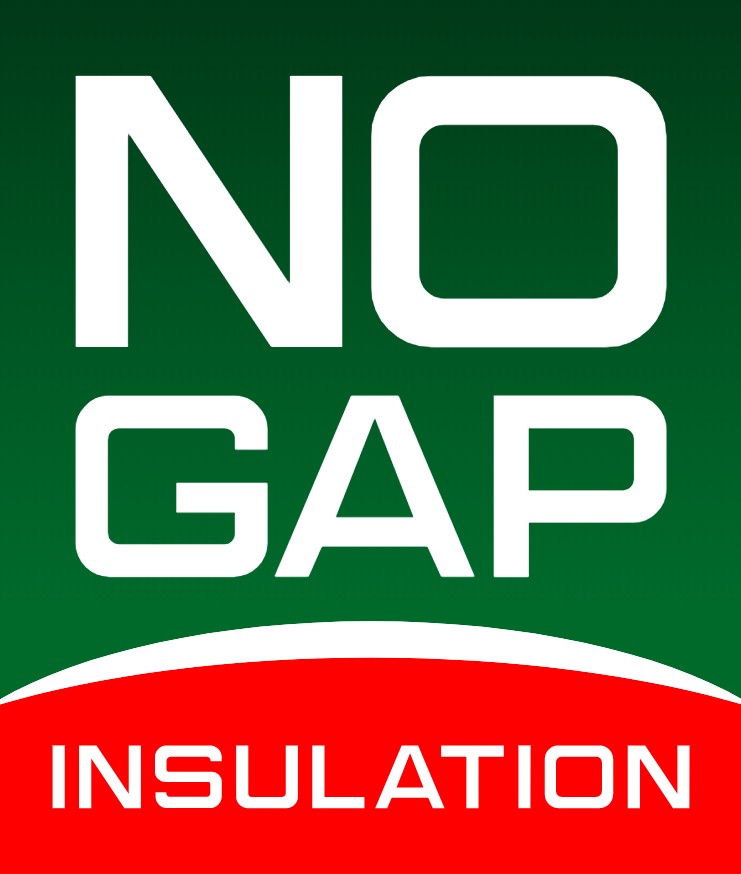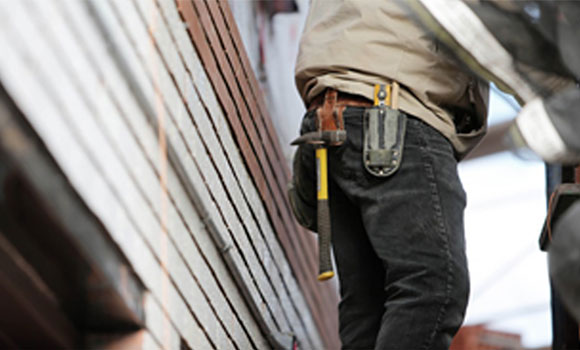Insulation is essential in any new or renovated home. Understanding insulation is fairly simple when you get the basics down pat, and as a bonus installing the right insulation will save you money in the long run.
Like we said it’s a fairly simple process, but there are a few things to think about. There are several brands on the market, as well as different types and levels of insulation to consider. Check out our quick guide to help you make a decision that will last a lifetime.
Understanding insulation – R values
Insulation makes so much sense when you understand R-value. Essentially R-values measure the thermal resistance of the material you use. A higher R-value equals a higher level of resistance. R-values don’t measure the thickness of the material, rather the density. Different areas of the home need different R-values, for example walls need a lower R-value as opposed to ceilings. Your climate and area you live in will help figure out what minimum R-values you need, but this is also outlined in your energy report.
Blanket insulation
Okay we know how insulation is measured, but what type should you use? There are a range of types including rigid boards, reflective foil and blanket insulation. Blankets are the most commonly used type for homes. Blanket insulation comes in two different forms:
- Batts, which are pre-cut blanket insulation. One bag can hold anywhere between 10-20+ batts.
- Rolls of blanket insulation, which are ready to be cut to specific sizes as necessary, or simply rolled into the area.
The R value for blanket insulation ranges depending on where you need it. Both kinds are perfect for stud and joist spacing, are relatively cheap and great to use for floors and ceilings.
Understanding Insulation – Energy Savings
You may think that insulation is a bore and not worth investing in, but let me tell you why you should care. Installing proper insulation in your home will ensure that you are comfortable, that your house is energy efficient and you are saving money on your energy bills. A building without insulation will easily lose heat in winter and let it seep in during summer. Insulation helps block that air flow, creating a regulated temperature throughout the home without needing to heavily rely on heating and cooling appliances.
Wall insulation
Wall insulation, as the name suggests, reduces the loss of heat by filling the inner and outer spaces around the home. This type of application has two categories: external wall and internal wall insulation.
External wall insulation is used on the external walls surrounding the home. Its main role is to create a thermal barrier between the house and the harsh elements outside. External wall insulation is also great for its acoustic purposes; to help block out noise from outside such as traffic.
Internal wall insulation is used in the walls between rooms within a home to help prevent sound transfer from room to room. This would be perfect for your home if you want to create quiet zones in areas such as offices and bedrooms, or if you’re planning on having a theatre room and don’t want the sound travelling throughout the house.
Choosing acoustic insulation would be great for this situation as it still works great as a thermal insulator.
Ceiling insulation
Ceilings are where the most heat escapes through in winter, up to 25%. You need a high R-value for your insulation in the roof because of this. Victoria’s minimum requirements are R3.5, however it is recommended to start at R5 for the best protection. As always, consult with your builder and check your energy report first.
Floor insulation
Floor insulation, while not being necessary, is great to help protect the entire house from heat entering and escaping. Everyone knows that heat rises, so a lower R-value is needed for floor insulation. If you have floorboards you feet will thank you in the cooler months by installing floor insulation.
If you have any further questions about insulation feel free to check out our blog, where we discuss a range of topics. Otherwise you can give our experts a call at (03) 8592 1900 and we would be happy to help!



